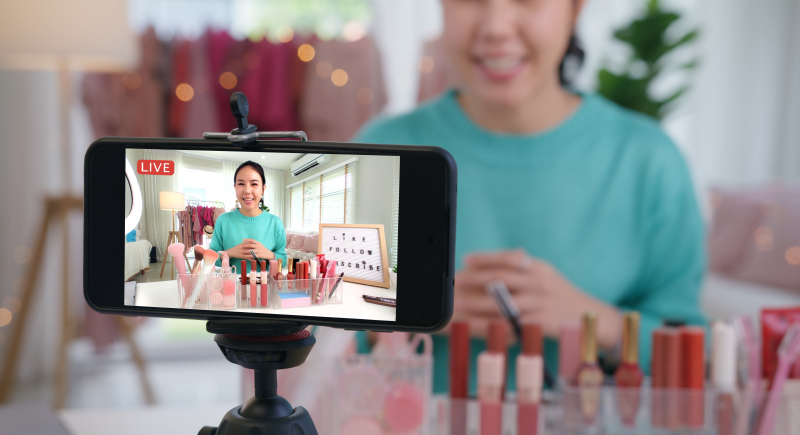The Real Reason Influencer Marketing Is Losing Its Effectiveness
Influencer marketing was once the golden ticket for brands, but cracks are starting to show.
More than $24 billion was spent on influencer marketing in 2024; however, studies show that only 12% of consumers are likely to buy products promoted by influencers. The gap between the money spent and the actual results explains why the industry is facing one of its biggest challenges to date.
Too Much of the Same Thing

Image via iStockphoto/ChayTee
Oversaturation is one of the clearest reasons people are tuning out. Sponsored posts are everywhere, and they often follow the same template. Audiences see the same hashtags, hear the same discount codes, and eventually just scroll past. Plugins like SponsorBlock even skip ads automatically, which proves how eager people are to avoid them. Instead of blending in as authentic recommendations, influencer tie-ins now feel as repetitive as commercials.
This saturation has created what many refer to as influencer fatigue. According to an October industry report, 52% of marketers admitted that they’ve seen this fatigue affect their campaigns. Consumers are tired of nonstop promotions across TikTok, Instagram, and YouTube.
Trust Is Slipping
At the start, influencers felt like relatable friends sharing personal favorites. Now, 87% of consumers believe influencers don’t actually use the products they feature, according to Wakefield Research. Scandals have made it worse. PayPal’s Honey plugin, once a staple of YouTube sponsorships, was later accused of hiding better codes from users. BetterHelp drew criticism for questionable practices after heavy promotion from creators. Both left audiences feeling misled and damaged trust in influencers and brands alike. L’Oréal, too, learned the hard way when TikTok influencer Mikayla Nogueira was accused of using false lashes in a mascara ad. The controversy generated thousands of negative comments.
Relatability is another problem. Luxury trips and designer hauls can alienate audiences, especially during economic downturns. A Bazaarvoice study found that 82% of shoppers now prefer product recommendations from regular social media users over those from influencers. That’s a sharp turn from just a few years ago, when aspirational content was the norm.
How the Industry Is Shifting

Image via Pexels/Hanna Pad
Marketers are adjusting by moving away from mega-influencers and celebrities whose ROI has declined. Engagement with nano-influencers rose from 49.26% to 55.61% in a single year, far higher than what big-name influencers deliver. Brands like Bare Home tapped into this by working with micro and nano influencers through gifting programs. In just one year, they generated 450 influencer posts, 1.8 million impressions, and over 300,000 interactions, achieving a 3.92% engagement rate compared to the industry average of 1.53%.
Another shift is toward long-term partnerships instead of one-off posts. Savers, a thrift retailer, leaned on this strategy when rebranding as a destination for eco-conscious shoppers. By allowing influencers to share personal stories about sustainable fashion, the campaign garnered 88 million impressions and 5.6 million engagements, achieving a 6.38% engagement rate. Storytelling worked where sales-driven plugs would have been ignored.
Looking Beyond Instagram
Instagram still dominates influencer marketing, but oversaturation there is forcing brands to explore fresh platforms. Twitch allows real-time conversations with audiences. Substack supports long-form storytelling, with fashion and beauty subscriptions up 80%. BeReal, known for its unfiltered posts, provides a closer and more personal connection that feels more authentic than curated feeds.
Technology is also changing the game. Over 63% of marketers say they plan to use AI for influencer discovery to make it easier to find creators who already like a brand’s products. At the same time, transparency is becoming non-negotiable. Audiences want clear disclosures and honest reviews; influencers who skip this step risk losing credibility quickly.
Influencer marketing is not disappearing, but the easy wins are gone. Consumers are smarter, more skeptical, and less patient with repetitive sales tactics. Brands that succeed will be the ones that invest in smaller creators, focus on trust, and let storytelling lead the way. Campaigns built on authenticity and engagement will stand out, while those that cling to old strategies will keep slipping into the scroll.